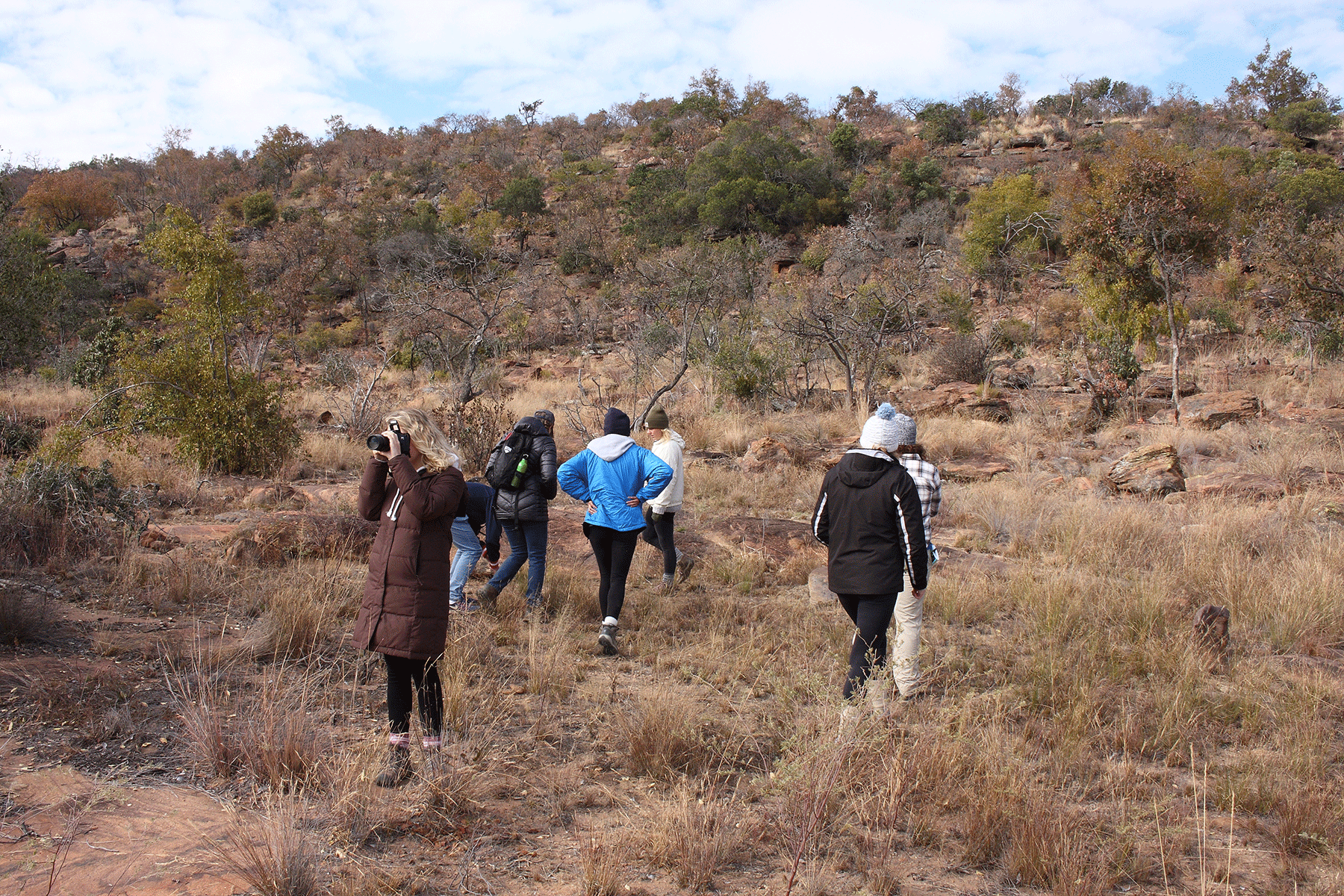Risk Management in Africa: Protecting People, Operations, and Environments
Any venture carries inherent risks—from business operations and remote fieldwork to university field researchers and students, ecotourism and adventure travel. In Africa’s diverse and often unpredictable environments, a strong understanding of risk management is essential for safeguarding people, assets, and organizational continuity. Thorough preparation not only reduces exposure but also enables teams to develop effective contingency plans that work when they are needed most.
Risk can be categorised into several key areas: financial risk, which can lead to monetary loss; asset-related risk, involving the potential damage of property or equipment; and health and safety risks, which may also carry legal implications. For organisations operating in Africa, ensuring that a detailed risk assessment is conducted by qualified, experienced professionals is not optional—it is fundamental to responsible operations. Insurance can help offset unavoidable threats, but strategic foresight and planning remain the first line of defence.
University students and personnel deployed from abroad—engineers, researchers, NGO teams, mining crews, medical responders, and corporate staff —may be completely unfamiliar with the wildlife, environmental conditions, and geophysical forces that shape each region.
In this article, we explore the spectrum of natural hazards in Africa, which affect both local communities and visitors engaging with the continent’s landscapes. While residents may understand the hazards they live with, many lack the resources or specialized training to implement protective measures. Meanwhile, personnel deployed from abroad—engineers, researchers, NGO teams, mining crews, medical responders, and corporate staff—may be completely unfamiliar with the wildlife, environmental conditions, and geophysical forces that shape each region.
These natural hazards include dangerous wildlife, tropical diseases, and a range of environmental threats such as flooding, landslides, earthquakes, wildfires, and extreme weather. Ecotourists visiting national parks and game reserves rely on safari operators and field guides who are trained to interpret wildlife behaviour and maintain safety standards during game drives and walking safaris. Their expertise underscores the importance of professional training for anyone operating in Africa’s outdoor environments.
For field-based organisations, having a comprehensive outdoor risk assessment and a fully developed Emergency Response Plan (ERP) is essential. These plans ensure clear communication, coordinated medical response, and efficient evacuation procedures in the event of an incident. In remote areas—where medical facilities may be limited or far away—this level of planning can be life-saving.
Ultimately, the most successful operations running in Africa are those that invest in training, preparedness, and comprehensive planning.
Pre-deployment training plays a critical role in preparing personnel for field conditions. High-quality induction courses provide a practical, visual understanding of the hazards they may encounter, including predators, large game, venomous snakes, scorpions, crocodiles, and other environmental threats. This preparation cultivates situational awareness, reduces uncertainty, and empowers teams to make informed decisions in challenging conditions.
Every team member must have easy access to the Emergency Response Plan, and it should be reviewed and discussed in detail before deployment. Clear knowledge of individual roles and responsibilities ensures that responses to emergencies are swift, coordinated, and effective.
Ultimately, the most successful operations running in Africa are those that invest in training, preparedness, and comprehensive planning. Prevention is always better than cure—and in remote or high-risk environments, where time is a critical factor, preparation is not just an advantage but a necessity.
Biodiversity & Environment Africa delivers comprehensive training across all aspects of outdoor safety, with a unique specialisation in the accurate identification of dangerous wildlife and clear visual mapping of their geographic distribution. Leveraging our extensive databases and field expertise, we formulate detailed, tailor-made Risk Assessments and Emergency Response Plans to meet the needs of any operation. To learn how we can support the safety of your teams in the African outdoors, get in touch with us today.

